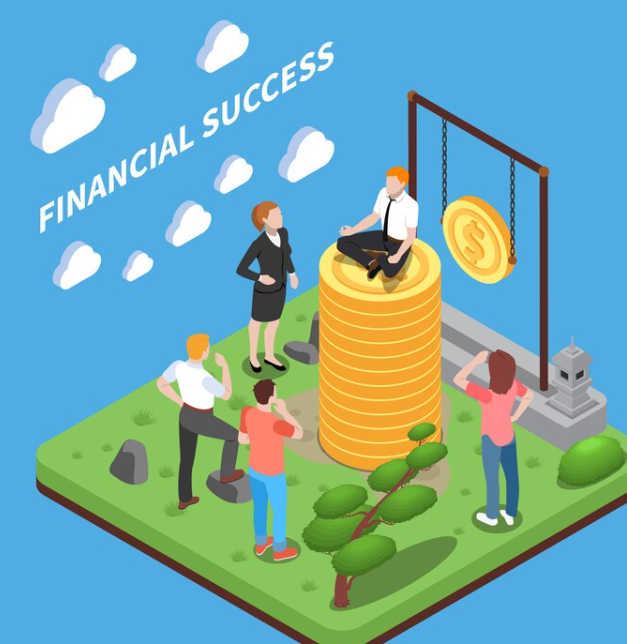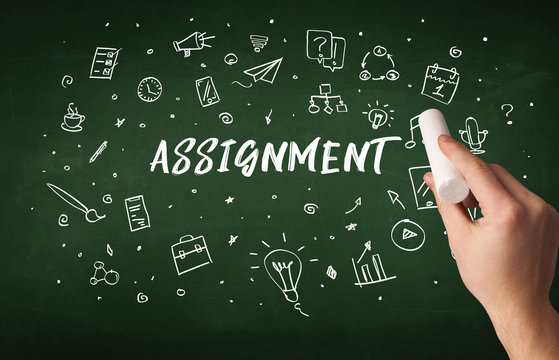How to Achieve Financial Freedom by Paying Off Debt
Introduction:
In a world dominated by financial responsibilities and obligations, achieving true financial freedom is a pursuit many aspire to but find elusive. One of the most formidable barriers to financial independence is debt. Escaping the clutches of debt requires strategic planning, discipline, and a commitment to change one’s financial habits. This guide will outline a step-by-step approach to attaining financial independence by paying off debt, offering practical tips and insights to empower individuals on their journey towards economic liberation.
Understanding Your Financial Landscape:
Before embarking on the path to financial freedom, it’s crucial to assess your current financial situation. Create a comprehensive list of all debts, including credit cards, loans, and other financial obligations. Categorize them by interest rates, outstanding balances, and due dates. This step provides a clear snapshot of your financial landscape, enabling you to prioritize debts and develop an effective repayment strategy.
Creating a Realistic Budget:
Establishing a realistic budget is fundamental to debt repayment and achieving financial freedom. Track your monthly income and expenses, differentiating between essential and non-essential spending. Identify areas where you can cut back and allocate the saved funds towards debt repayment. A well-structured budget not only accelerates the debt repayment process but also instills financial discipline, laying the groundwork for sustained financial freedom.
Prioritizing High-Interest Debts:
Not all debts are created equal, and prioritizing high-interest debts is paramount. Tackling debts with higher interest rates first minimizes the overall interest paid over time. Implementing the “debt avalanche” strategy involves targeting the highest-interest debt while making minimum payments on others. Once the highest-interest debt is cleared, redirect those funds towards the next high-interest obligation, creating a snowball effect that accelerates the debt repayment process.
Exploring Debt Consolidation Options:
For individuals juggling multiple debts, debt consolidation can be a strategic move. Consolidating debts involves combining multiple loans into a single, more manageable payment with a potentially lower interest rate. This simplifies the repayment process and may reduce the overall financial burden. However, it’s essential to weigh the pros and cons, considering factors such as fees, interest rates, and the impact on credit score before opting for consolidation.
Cultivating Financial Discipline:
Achieving financial freedom requires a mindset shift and the cultivation of financial discipline. Resist the temptation of unnecessary spending and commit to the long-term goal of debt repayment. Consider creating an emergency fund to cover unexpected expenses, preventing the need to rely on credit in times of financial strain. Consistency and perseverance are key to breaking free from the cycle of debt.
Celebrating Milestones and Staying Motivated:
As you progress in your debt repayment journey, celebrate milestones, no matter how small. Recognizing achievements boosts motivation and reinforces positive financial habits. Stay focused on the ultimate goal of financial freedom, periodically reassessing your budget and repayment strategy to adapt to changing circumstances. Patience and determination are the cornerstones of a successful debt repayment plan.
Conclusion:
Attaining financial freedom by paying off debt is a gradual process that requires commitment and strategic planning. By understanding your financial landscape, creating a realistic budget, prioritizing high-interest debts, exploring consolidation options, cultivating financial discipline, and staying motivated, you can pave the way to financial liberation. Remember, every step taken towards debt repayment brings you closer to the ultimate goal of financial freedom.



